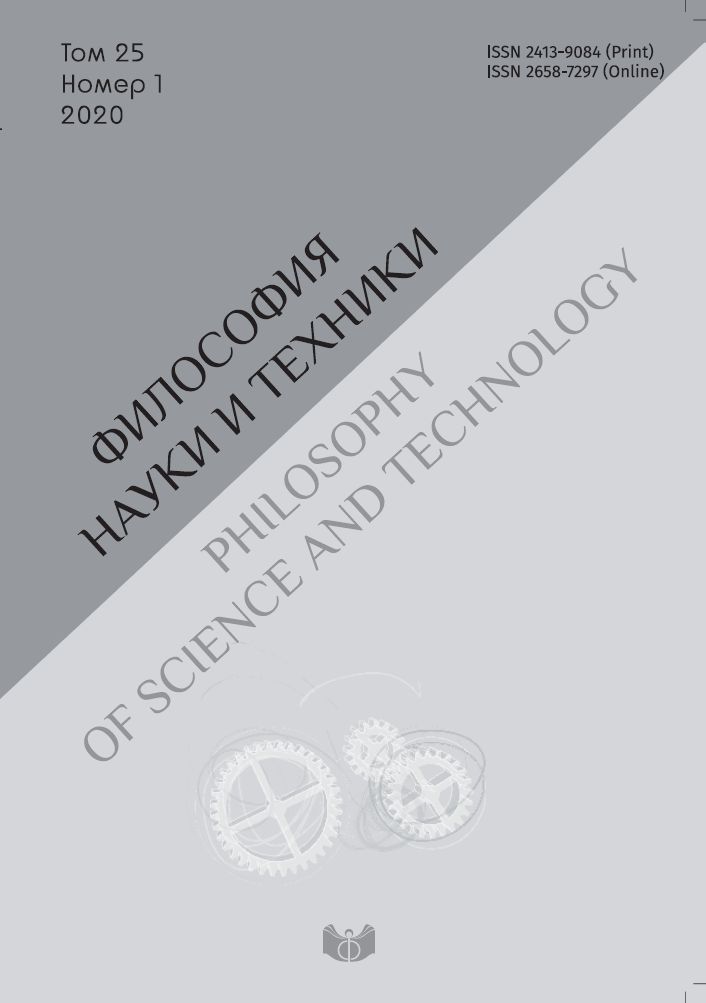Triadic nature of visual image as a basis of visible component representation in communicative space
DOI:
https://doi.org/10.21146/2413-9084-2020-25-1-125-135Keywords:
image, visuality, representation, semiotics, Charles Sanders Pierce, triadic nature of a sign, communicative spaceAbstract
The article is devoted to the research of the nature, structure and mechanisms of emergence and existence conditions of visible component representation in order to clarify the principles of the functioning of visual image in communicative space. The understanding of these processes is important for the solution of the problem of the identification of organization principles in communicative space, where the creation of images mobilizing irrational connotations comes to the first place. Based on the triadic nature of a sign in the concept of C.S. Pierce, the author proposes her own methodological strategy for the study of the nature of the representation of visible component, expanding the theoretical potential of semiotic analysis of an image as an iconic sign. The proposed methodology is based on the cornerstone of the philosophy of Pierce (phaneroscopy) – essentially triadic of a sign (sign, object, interpretant) in connection with the categories of existence and cognition (Firstness, Secondness, and Thirdness). With this approach, a sign is considered as a “matrix” for the creation of visual images. The relevance of the proposed research lies in the description of the triadic nature of visual image in communicative space. It is proved that a visual image is not an inherent iconic sign. It should be considered as a representation of visible component in the sequence of movement of three modes of existence (possibility, actuality and reality). The proposed triadic model of the representation of visible component made it possible to reveal the processes of formation of visual image in communication. The key provisions of the triadic sign theory allowed concluding that the processes of the formation of visual images in the modern culture of representative expansion, when one image becomes the image of another image and expresses it are interrelated.











